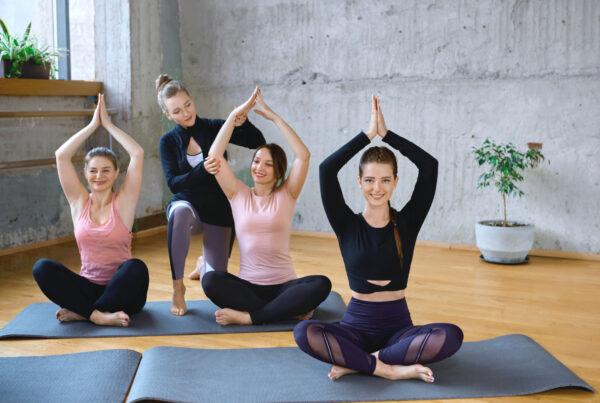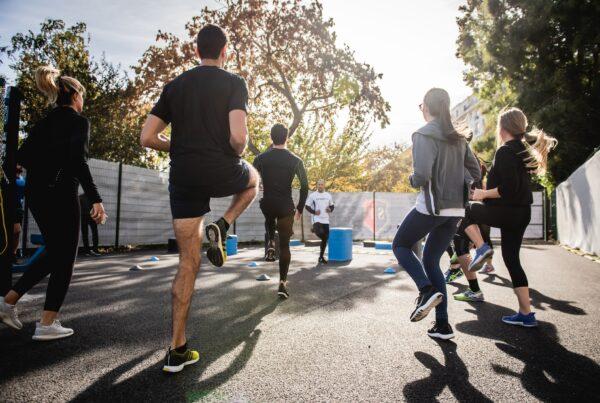Mindfulness and meditation have severe benefits if you religiously practice them. Keep reading the blog post to know more about it.
What You Need to Know Before Practicing Mindfulness:
-
You need a little extra time from your busy time
Yes, you have to save some free time for this. It is not essential to arrange something very superior. You can practice anywhere. Kindly back up some free time and space to practice your mindfulness skills every day.
-
you need to be active in the present moment
It is not easy to conceal your mind from various thoughts but you have no other option. Yes, it should not be unrealistic. It is extremely unfair to say to conquer a blissful state. Just give yourself some courage to focus on the present situation.
-
Your mind achieves wonder
It is normal when you practice giving attention to what is going on in your body and mind at the present moment, you will discover that many thoughts provoke. Your mind might transfer to something that happened yesterday, even meander to your to-do list. But it is not something to fear, it is part of human nature. Practicing this, eventually, gives the magic moment for the essential piece of mindfulness practice. And researchers believe it leads to healthier and more agile brains. So in this process, you will be amazed to realize that your mind has wandered. So you can consciously bring it back to the present moment. The more you do this, the more likely you can achieve it again and again.
-
your critical brain will try to win
The second part of the puzzle includes the “without judgment” part. We are all apologetic for listening to the critic in our heads a little more than we should. Though that critic saved us from danger for quite a time. Still, when we practice exploring our judgments and melting them, we can decide and learn to pick how we look at things and react to them. When you practice mindfulness, stop judging yourself for whatever thoughts show up.
-
It’s all about restoring your attention again and again to the present moment
Our minds are wired to get transported in thought. That’s why mindfulness is the exercise of returning, again and again, to the breath. We utilize the sensation of the breath as an anchor to the present moment. And every time we go back to the breath, we energize our ability to do it again.
How to Sit for Mindfulness Meditation
-
Take your seat
Choose a stable and solid seat. Try to avoid hanging back. You can opt for a chair or a meditation cushion.
-
Follow what your legs are doing
If you sit on the floor, cross your legs comfortably in front of you. If you sit on a bench or chair, try to follow the bottoms of your feet touching the floor.
-
Try to straighten your body but don’t stiffen
Try to straighten your body but not to stiffen. Do not put extra pressure on the spine, it has natural curvature. Your head and shoulders can easily take a rest on top of your vertebrae.
-
Fix your upper arms parallel to your upper body
Then let your hands fall onto the tops of your legs. With your upper arms at your sides, your hands will fall in the right spot. Do not put too far forward to make you lose. Too far back will make you tight. Keep in mind you are just tuning the strings of your body.
-
Try to drop your chin a little and let your view fall gently downward
To concentrate, you may need to let your eyelids lower. If you want to, you may lower them fully. It is not a mandatory part to close your eyes completely. You can simply let what appears before your eyes be there without concentrating on it.
-
Stay for a few moments
Relax and follow your attention to your breath or the sensations in your body.
-
Follow your breath
Follow your breath as it goes out and as it goes in. Either way, focus your attention on the physical sensation of breathing: the air circulating through your nose or mouth, the rising and falling of your belly or your chest. Pick your focal point and with each breath, you can silently note “breathing in” and “breathing out.”
-
Unfortunately your attention may leave the breath and channel to other places
It happens. Do not feel guilty about this. You don’t need to be too strict to stop or block thinking. When you catch that your mind is wandering in a few seconds, minutes, or five minutes- just gently send back your attention to the breath.
-
Make a pause before making any physical adjustments
When you want to move your body, make a pause. Allow some space between what you experience and what you choose to do.
-
You may constantly be distracted by your mind wandering
You need to know this is normal. You do not need to suppress or wrestle with your thoughts, just practice observing without needing to react. You will have to come back again and again without judgment. Just sit and pay attention to your mind.
-
Now you are ready and lift your gaze or open your eyes
Now notice any sounds from the environment. Focus on your body to feel. Focus on your emotions if any changes are there. Now start to continue to plan how your day wants to spend.
How much it is important to meditate
Meditation is no more complicated to you right/Though it is a little challenging but worth it. You have to get some free time every day even if it’s for 5 minutes. According to meditation teacher Sharon Salzberg, “One of my meditation teachers said that the most important moment in your meditation practice is the moment you sit down to do it. Because right then you’re saying to yourself that you believe in change, you believe in caring for yourself, and you’re making it real. You’re not just holding some value like mindfulness or compassion in the abstract, but really making it real.”










